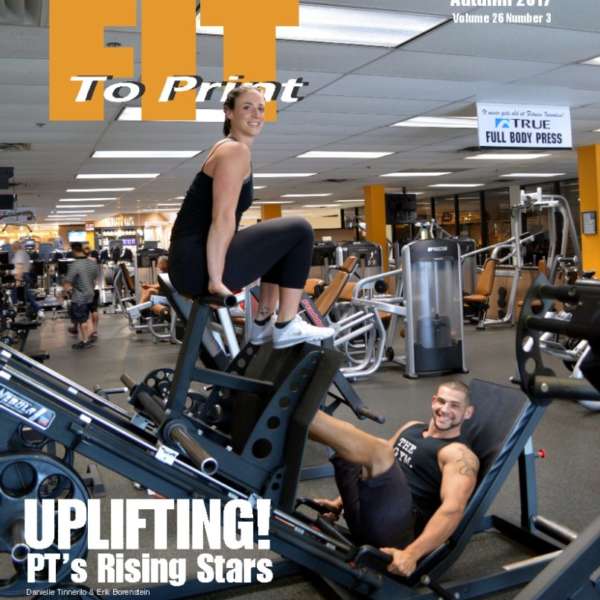
Just about any time, any where you can practice a balancing posture. No equipment is necessary. You can even do it in bare feet, with or without a yoga mat.
Karen Britton

Just about any time, any where you can practice a balancing posture. No equipment is necessary. You can even do it in bare feet, with or without a yoga mat.
Top benefits: Balancing postures improve concentration, breathing, balance, and quiet the mind. The body relaxes, and you find balance in mind, THEN body. When balancing in a pose you focus on one still, neutral point, and focus on your breathing. You’re aware of the quality of your breath and the quality of your attention to your breath. When concentrating on one point and breath, there’s little room for the mind to wander off. In the beginning, the mind is thinking about what to do with the body, yet it remains in the present moment. With practice, your mind learns to quiet down. Here you’ll find peace, and balance improves.
Physical benefits: Balancing postures tone and strengthen legs, hips, glutes, back, core, as well as your ankle and foot muscles. They rejuvenate and strengthens the spine. Proper alignment when holding balancing poses helps improve posture. Balancing encourages the stretching out of the spinal column. and boosts development of muscles in the torso, abdominals, and back. In addition to strengthening, these postures stretch the hip, thigh, gluteus, and shoulder muscles. Hand balancing tones and strengthens muscles of arms and shoulders. Balancing poses, which include a twisting motion can improve digestion of food and eliminate toxins. The spine will become more elastic due to the lateral movement, and the neck and arms will become more powerful.
When doing a standing balancing posture, one leg is performed at a time. Each side is held for the same amount of time. The equal amount of time is very important for balancing out your skeletal body. If you are in the habit of standing on one leg more than another, over time your skeleton shifts, and this can lead to chronic and serious problems as you get older. Being mindful of how long you hold a posture on each side establishes the return of balance on a physical level. Over time you’ll become mindful of how to balance. Walking improves, and you’ll become aware of how you are standing in your everyday life.
This video below demonstrates two postures, a standing Mountain, and a balancing Tree. Mountain is a blueprint for standing balancing poses, improving posture, breath, and concentration. Tree pose helps to strengthen and tone hip, thigh, gluteal, feet, and core muscles while stretching inner hips and inner thighs and may also help to relieve sciatica. Hold each side of a balancing pose for about five breaths. If you had hip surgery and have your doctor’s approval to perform yoga, tree pose can strengthen your hips and legs.
Cautions for all balances: they may be strenuous and should be done with care, particularly if you suffer from high blood pressure or a heart condition. Start with the simplest version. Hold for as long as you feel comfortable. If pregnant, do only the simple postures, such as mountain and tree.
Watch the Video:
Sponsored Links
About the Author

Karen Britton
Karen Britton is a certified Yoga Instructor and a regular contributor to Fit to Print. She teaches Yoga classes and programs at Fitness Incentive.



